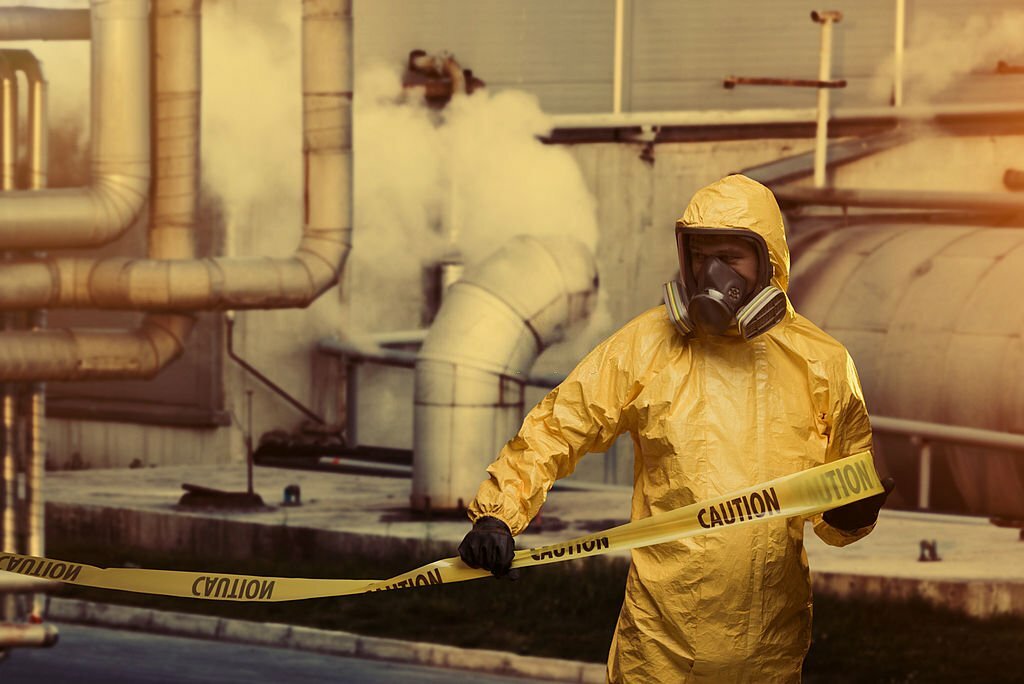Improper disposal of hazardous waste poses significant risks and consequences for the environment, human health, and future generations. It is essential to understand the dangers associated with mishandling various types of hazardous waste to prevent irreversible damage. In this article, we will explore the various hazardous waste materials that demand proper handling and discuss the potential risks and consequences of neglecting responsible disposal methods.
Introduction to Hazardous Waste Disposal
Hazardous waste disposal is a critical aspect of waste management, ensuring that materials with harmful properties do not contaminate our surroundings. Proper handling, treatment, and disposal of hazardous waste are vital to safeguard ecosystems and human well-being.
25 Common Types of Hazardous Waste
1. Used Transformer Oils
Used transformer oils can contain PCBs and other toxic substances. Disposing of them improperly can lead to soil and water contamination, posing risks to wildlife and human health.
2. Used Lubricating Oils
Improper disposal of used lubricating oils can contaminate water bodies and affect aquatic life. Recycling and re-refining methods help reduce environmental impacts.
3. Used Industrial Oils
Used industrial oils may contain heavy metals and other harmful compounds. Safe disposal is necessary to prevent soil and water pollution.
4. PCB Contaminated Oil and Equipment
PCBs are persistent organic pollutants known for their adverse effects on the environment and human health. Proper disposal of PCB-contaminated materials is crucial to prevent their release into the environment.
5. Oily Water
Oily water from industrial processes requires careful handling to avoid water pollution and adverse effects on aquatic ecosystems.
6. W/O and O/W Emulsions
Emulsions, such as oil-in-water (O/W) and water-in-oil (W/O) emulsions, pose challenges in proper disposal due to their complex nature. Specialised treatment facilities are necessary to handle them safely.
7. Fats, Oils, and Greases
Fats, oils, and greases from food industries can clog sewers and negatively impact wastewater treatment systems.
8. Glycols
Used glycols can be harmful to aquatic life if not disposed of correctly. Recycling and proper treatment can minimise environmental harm.
9. Off-Spec Fuels and Products
Off-spec fuels and products require safe disposal to prevent accidents and environmental pollution.
10. Acids and Alkalines
Acids and alkalines can cause soil and water contamination, affecting plant growth and aquatic life.
11. Toxic Metals
Improper disposal of toxic metals can lead to serious health issues and environmental degradation.
12. Expired Catalysts
Expired catalysts may contain hazardous substances and require specialised handling.
13. Reactive Materials
Reactive materials can pose risks during storage, transportation, and disposal.
14. Spent Solvents
Spent solvents must be managed carefully to prevent air pollution and health hazards.
15. Pesticides and Herbicides
Pesticides and herbicides can be harmful to ecosystems and human health if not disposed of properly.
16. Process Wash Waters
Process wash waters from industrial activities may contain hazardous chemicals and require treatment before discharge.
17. Contaminated Industrial Waste Waters
Contaminated industrial wastewater needs proper treatment to prevent pollution.
18. Sludges
Sludges from various industries can contain toxic materials and need secure disposal methods.
19. Contaminated Soils and Timber
Contaminated soils and timber can harm ecosystems and human health if not handled appropriately.
20. Contaminated Scrap Metal
Scrap metal contaminated with hazardous materials should undergo safe recycling or disposal.
21. Discarded Chemicals
Discarded chemicals must be managed with care to prevent adverse environmental effects.
22. Gas Cylinders and Lecture Bottles
Gas cylinders and lecture bottles must be handled by specialised professionals to avoid accidents.
23. Batteries and Bulbs
Batteries and bulbs contain toxic substances that require proper recycling and disposal.
24. X-ray Materials
Used X-ray materials must be managed safely to prevent radiation exposure.
25. Low-Level Radioactive Materials
Low-level radioactive materials demand specialised handling and disposal to protect public health and the environment.
Risks and Consequences of Improper Hazardous Waste Disposal
The improper disposal of hazardous waste can lead to the following risks and consequences:
- Environmental Contamination: Hazardous waste can contaminate soil, water, and air, disrupting ecosystems and harming wildlife.
- Human Health Hazards: Exposure to hazardous waste can lead to acute or chronic health issues, ranging from respiratory problems to cancer.
- Water Pollution: Improperly disposed of hazardous waste can leach harmful chemicals into water bodies, making the water unsafe for consumption and recreational activities.
- Air Pollution: Some hazardous materials can release harmful gases and particulates into the air, contributing to air pollution and respiratory problems.
- Bioaccumulation: Toxic substances from hazardous waste can accumulate in the food chain, posing risks to animals and humans who consume contaminated organisms.
- Ecosystem Disruption: Hazardous waste can disrupt natural habitats, leading to the decline of certain species and affecting biodiversity.
- Legal Consequences: Improper hazardous waste disposal can lead to legal penalties and financial liabilities for businesses and individuals.
- Reputation Damage: Companies that mishandle hazardous waste may suffer reputation damage, leading to loss of trust among customers and stakeholders.
Proper hazardous waste disposal is a responsibility we all share to protect our environment and future generations. By understanding the risks and consequences associated with improper handling, we can take the necessary steps to ensure safe and responsible waste management. Ready to make a difference? Learn how Benzoil's hazardous waste services can help you contribute to a cleaner world.


